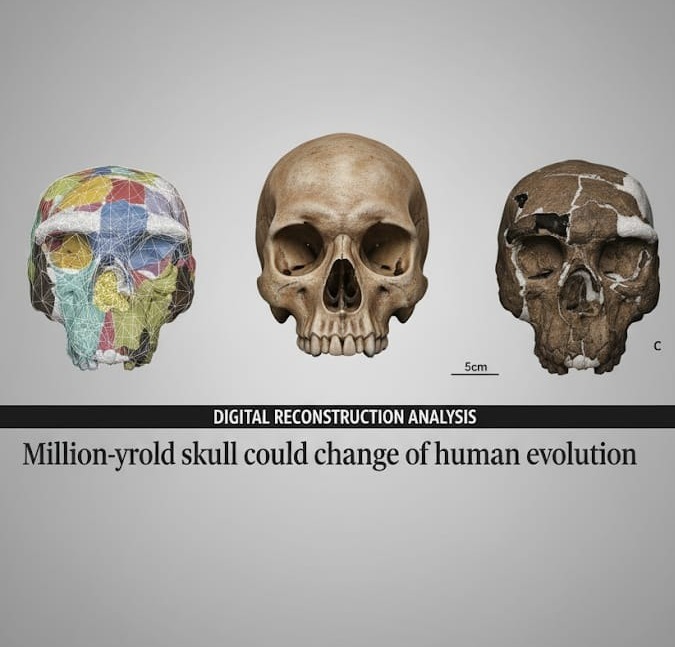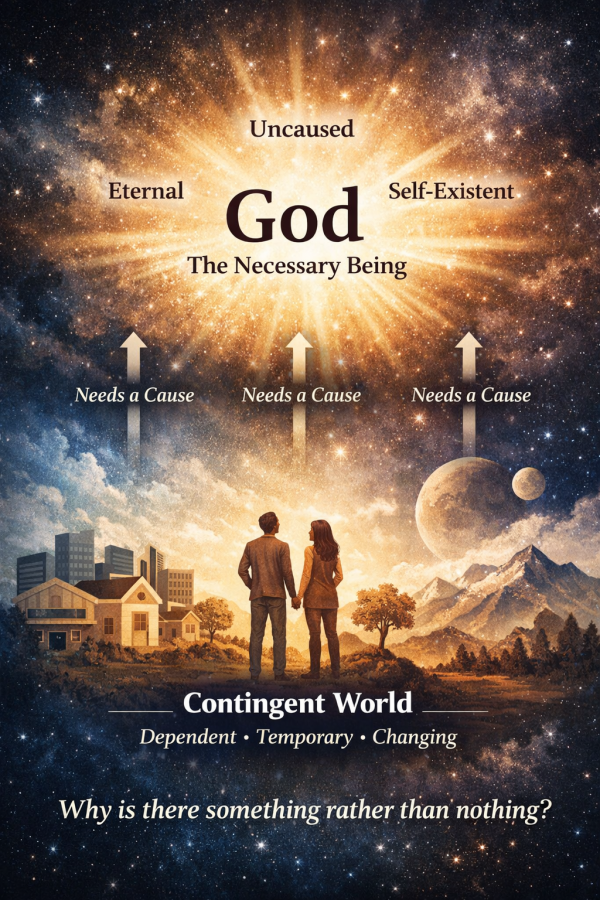
The field of paleoanthropology, built upon scattered fossil evidence and meticulous analysis, has long sought to construct a definitive timeline for the emergence and diversification of the human lineage. A recent discovery, detailed in a study published in the prestigious journal Science, threatens to significantly disrupt this established narrative. The digital reconstruction of an archaic human skull, Yunxian 2, unearthed in China in 1990, suggests that the evolutionary split leading to modern humans and their close ancestors occurred considerably earlier than previously believed, potentially pushing the timeline back by 400,000 years or more.
The Yunxian Enigma
The original Yunxian 2 fossil, found in central China, was heavily crushed, presenting a formidable challenge to researchers attempting to discern its true morphology and evolutionary placement. Initial assessment had tentatively classified the specimen as belonging to Homo erectus, a species generally thought to represent a stage preceding the more complex anatomy seen later in human evolution. However, the application of advanced reconstruction technologies, including sophisticated CT scanning, structure light imaging, and virtual reconstruction techniques, has allowed a research team to resolve the long-standing 'muddle in the middle' surrounding the skull's characteristics.
The new digital reconstruction offers a clearer picture of the skull's features. While the specifics of the findings are likely to be debated, some experts suggest the refined morphology exhibits characteristics thought to have emerged only later in human evolution. This is a crucial distinction. If the Yunxian 2 skull, now confidently dated to approximately one million years ago, displays traits indicative of a lineage closer to our own or to the shared ancestors of diverse hominin groups, it necessitates a fundamental re-evaluation of when these distinct evolutionary pathways began to separate.
An Earlier Split in the Hominin Tree
The most profound implication of this research centers on the timing of the hominin split. As quoted by Chris Stringer, an anthropologist at the Natural History Museum, London, the findings suggest that "by one million years ago, our ancestors had already split into distinct groups, pointing to a much earlier and more complex human evolutionary split than previously believed."
This earlier divergence directly challenges the widely accepted models of human migration and diversification. If distinct ancestral groups were already established a million years ago, it means the processes of anatomical change, dispersal, and speciation were operating on a faster or earlier clock than current models account for. This introduces significant uncertainties in the timeline of human evolution, particularly concerning the early stages of the genus Homo in Asia and Africa.
The conventional view often places the significant diversification of Homo much later, with many complex features and adaptations associated with lineages like archaic Homo sapiens or Neanderthals appearing well after the one-million-year mark. An earlier split suggests that the ancestral populations that eventually led to both Homo erectus and later, more derived hominins, were separating and developing unique characteristics in parallel for a longer duration.
Redefining the "Muddle in the Middle"
The term "Muddle in the Middle" is often used by researchers to describe the complexity and sometimes contradictory nature of hominin fossils dating from roughly 500,000 to 1.5 million years ago. This period is critical, bridging the gap between earlier forms like Homo habilis and the later, more recognizable forms of Homo that spread across the globe.
The Yunxian 2 reconstruction serves as a powerful new piece of evidence in this complex puzzle. By providing a potentially more derived skull morphology at such an early date, it encourages researchers to re-examine other Asian hominin fossils from this time period with fresh scrutiny. It raises the possibility that Asia, rather than being a mere evolutionary cul-de-sac for Homo erectus, may have been a center of greater hominin diversity and evolutionary innovation than previously acknowledged.
Ultimately, this study underscores the dynamic and non-linear nature of human evolution. Every new fossil discovery or, as in this case, a dramatic technological re-analysis of an existing one, has the potential to necessitate a complete restructuring of our understanding. The Yunxian 2 skull, once a fragmented mystery, is now a key artifact demanding a re-calibration of the entire human evolutionary clock. The 'muddle' may not be getting simpler, but its boundaries are certainly being redefined.





















